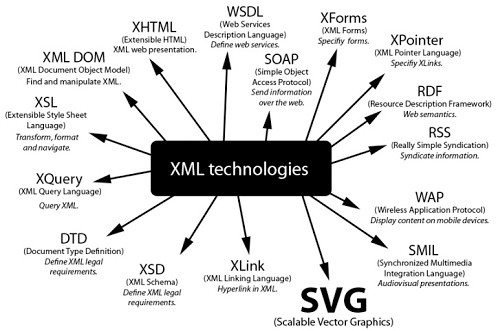There are a number of scripting tools and techniques that have rendered themselves useful in any IT enviroment where need for a professional programming Languge may not neccessarily meet the needs and aspirations of the solutions at hand.
Extending interoperability between diverse systems

XML an anacronym fo eXtensible Markup Language has been there for sometime now and has found many admirers from a diverse cross section of technology enthusiasts.
XML allows information or data to be structured and deployed in a manner that all technology platforms can easily understand digest and work with.
Developed by celebrate researchers at the WWW group, XML became very popular owing to its ease of integration with third party specifications and standards.
XML is now common place as tool and vehicle for development, deployment and data transaction packager.
System Partners Ltd has not been left behind in XML scripting/programming and has it is a protocol to use XML technologies whenever possible.
Building solutions for a smaller planet
XML is useful for storage of persistent data types often referred as serialzable objects in the Java world. These technologies therefore have widerspread usage on our development programmes and is there to stay atleast in the short to medium term.
Due to the widespread usage of XML as versatile yet flexible way of exchanging structured information, System Partners Ltd offers training on this useful subject

The eXtensible Makup Language paradigm heralds another important aspect of web applications programming in away the will make transaction of data a fairly easy task. This happens as aresult of the scripting tool ability to adapt to various environments and the fact the it is free software, documentation is plenty and readily available and just about any support for any programming and software development environments. The programming API’s are also downloadable from the internet.
This work is as a result of research work by the W3C consortium and the specification is also available from the website